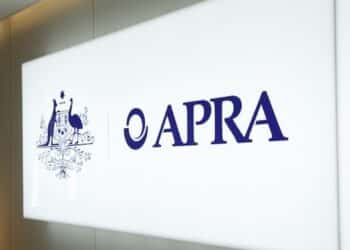The cut $450 threshold, which previously required workers to earn $450 in a month before their employer had to pay their super contributions, has been widely embraced by the superannuation industry.
The federal budget measure is expected to boost the retirement savings of around 300,000 low-income workers who might be in part-time work and hold multiple jobs, 63 per cent of which are estimated to be women.
But industry funds HESTA and Aware Super have criticised the effort to help close the roughly 20 to 30 per cent gap between men and women’s super savings, saying the government launched few other measures for improving women’s financial security in retirement.
HESTA chief executive Debby Blakey commented the removal of the $450 threshold is a “key equity measure”, ensuring super is paid on every dollar earned. But the superannuation system will continue to have a “gender blind spot”, particularly if it ignores the time women take off to have children.
“HESTA has been calling for the scrapping of the unfair $450 super threshold for more than 10 years so it’s pleasing that the government has taken this long overdue step as it will help improve financial security for women and the lower paid,” Ms Blakey said.
“However, the fact that super continues not to be paid on parental leave remains a glaring gap in our super system.
“For too long Australian women have paid the motherhood penalty for the time they take out of the workforce to care for children. More needs to be done to improve their retirement outcomes.”
Industry Super Australia CEO Bernie Dean echoed Ms Blakey, saying: “The government is sending the message to mums that it is ok for their savings to suffer when they take time out of the paid workforce to raise children.”
Aware Super CEO Deanne Stewart added there was little in the budget to support older, vulnerable women, or to tackle housing affordability – with concerns around lack of accessible housing to older women.
“The budget has delivered a little bit of something for everyone, but hasn’t landed the knockout blow to eradicate inequality and disadvantage in this country,” Ms Stewart said.
“It is a promising first step but there is plenty more work to do.”
Meanwhile Industry Super Australia has blasted other reforms around superannuation in the budget, including the increased cap for the First Home Super Saver scheme, now up to $50,000 from its previous $30,000.
The scheme introduced in 2017 allows first home buyers to make voluntary contributions with their super fund up to $50,000 to place towards a house deposit.
But Industry Super has warned the increased limit on contributions towards a deposit might make no difference to housing affordability, instead potentially leading to higher property prices.
Likewise, the expanded downsizing contribution scheme, which allows people aged 60 and over to contribute $300,000 to their super after selling their house has drawn scepticism from the industry body.
“Boosting housing supply, winding back property investor tax incentives and removing stamp duty taxes are better ways to tackle housing affordability,” Industry Super stated.
“Industry Super Australia would take strong action to protect members’ interests if the government moved to change laws to enable super to be used for house deposits, which evidence shows would inflate property prices, leave retirees worse off and tax payers slugged.”
The Association of Super Funds of Australia (ASFA) however declared its support for the superannuation housing-related measures, including the First Home Super Saver (FHSS) scheme.
“Importantly, because of its focus on voluntary contributions, the FHSS will not impact on the primary role of super savings being savings for retirement,” ASFA deputy CEO Glen McCrea said.







